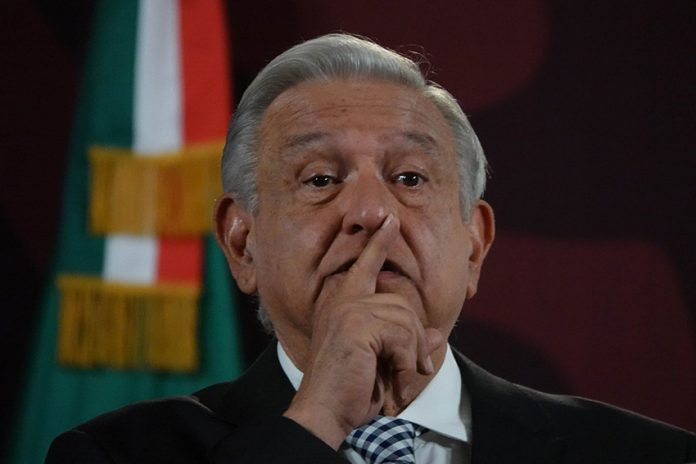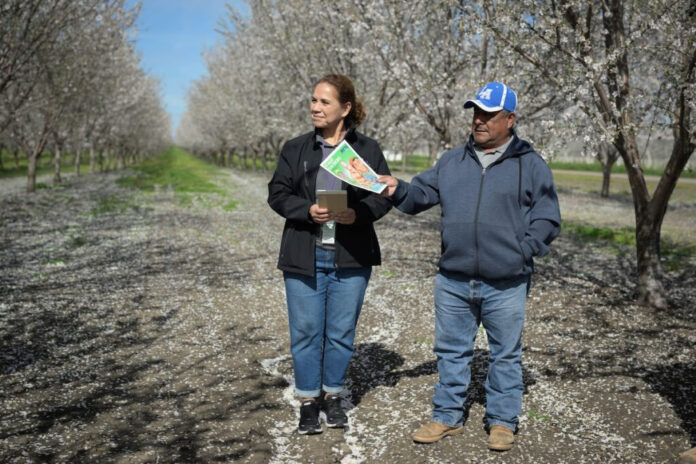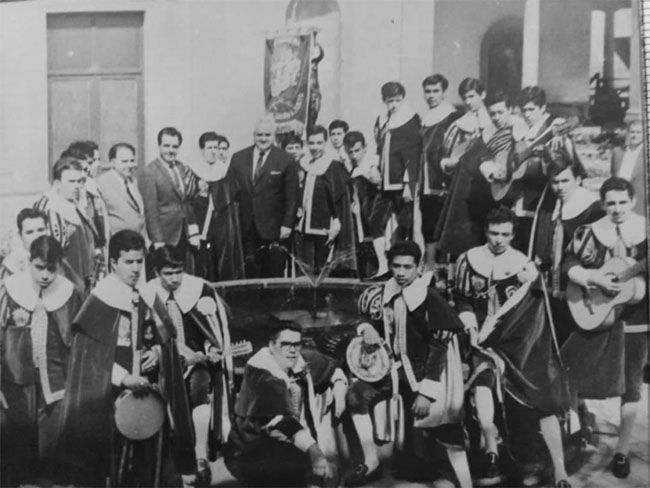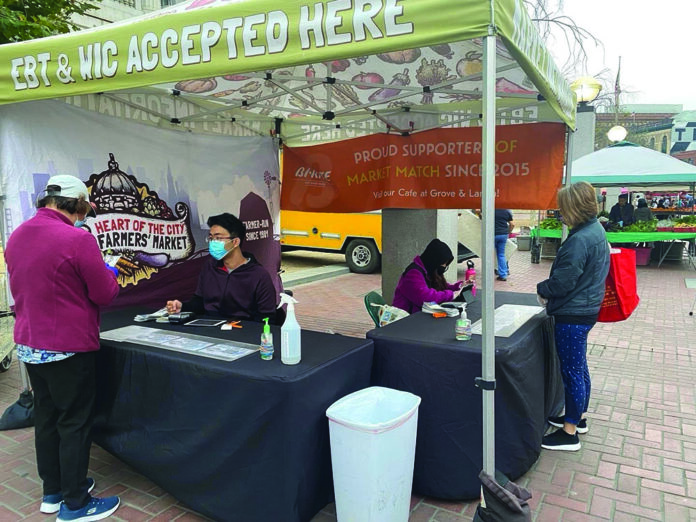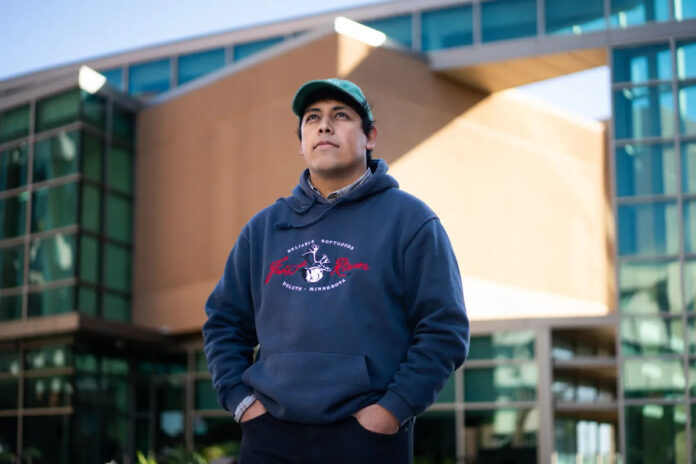by Mexico Institute/Wilson Center
April 24, 202 – President Andrés Manuel López Obrador’s battle against neoliberalism continues as the June elections approach and his days as president dwindle. The most recent effort entails a significant proposed reform to Mexico’s pension system — one that he hopes will take effect on May 1, International Workers’ Day.
The reform bill aligns with AMLO’s increased public spending and extension of social programs but carries serious long-term implications. The president’s most well-known, and perhaps most efficacious, policy approach has been that of increasing public spending to strengthen the social safety net for Mexico’s most vulnerable populations — groups which have historically been underrepresented and overlooked in the Mexican political sphere.
From Jóvenes Construyendo El Futuro (Youth Building the Future) to a standard universal pension, AMLO and his government have raised the stakes in support of these groups, tripling welfare spending from US $8 billion at the start of the AMLO administration to $24 billion in 2024.
AMLO has doubled down further, promising a 25 percent increase in social spending for 2024, totaling US $30 billion during the election year. A coincidence? Probably not.
The support from the highest levels of Mexico’s government for these historically marginalized groups has reaped significant benefits for AMLO himself and for his party’s electoral success. Though Morena became an official political party only in 2014, it won Mexico’s highest elected office just four years later with AMLO’s presidential victory in 2018.
Today, 22 state governments out of Mexico’s 32 states are ruled by Morena. It’s hard to imagine Morena’s skyrocketing success without AMLO’s strategic use of social programs to get out the vote, especially among these underrepresented groups.
AMLO’s first mention of the pension reform occurred in 2020, but it was not formally announced until February 2024, alongside 20 additional reforms varying in terms of scope and significance. The topic of pension reform came to the forefront last week as the Chamber of Deputies’ Committee on Social Security voted on the proposal.
Put simply, the proposed reform seeks to amend Article 123 of the Mexican Constitution so that workers aged 65 and over who have contributed to the current retirement pension system (which went into effect in 1997) can receive a pension upon retiring that is equal to the employee’s most recent monthly salary but no higher than the average monthly salary of a Mexican Social Security Institute (IMSS) worker (around 16,777 Mexican pesos or US $983).
These pensions are for workers in the formal sector, meaning that retired workers must have some form of social security coverage — either from IMSS or from the Social Services and Security for State Employees Institute (ISSTE).
It’s important to note that only workers in the formal economy are eligible to receive pension funds, thus excluding a significant swath of Mexico’s population. According to data published in January, 53.6 percent of the economically active population nationwide is employed in the informal sector. However, in states in south and southeast Mexico, the rates of informal employment are substantially higher than the national average, such as in Oaxaca (73.7 percent), Guerrero (73.2 percent) and Tlaxcala (69.8 percent).
Mexico’s retirement savings system has undergone a significant shift in the past 30 years, in part due to the reform put forth in 1997 during Ernesto Zedillo’s term as president and into the subsequent presidential term of Felipe Calderón.
According to Interior Minister Luisa María Alcalde, prior to 1997, retirees received a monthly pension equal to their average salary for the previous five years before retiring. For example, if a formal worker averaged a 10,000-peso salary per month, their retirement pension equaled 10,000 pesos monthly. Presently, however, with the implementation of the 1997 reforms, a worker who earns 10,000 pesos per month will only receive a $2,700-peso monthly pension.
To fund this new pension scheme, AMLO’s administration has proposed the creation of a new public fund, the Fondo de Pensiones del Bienestar (Well-Being Pension Fund). The controversy is over where its money will come from.
These pension funds will be paid from accounts that have remained untouched for at least three years — meaning no withdrawals or deposits — and that belong to retirees aged 70 and over. These funds are currently held by the Administradora de Fondos para el Retiro (Retirement Funds Administration), more commonly referred to as Afore, and total around 40 billion Mexican pesos, equivalent to US $2.3 billion.
According to Alcalde, 0.4 percent of these accounts have been untouched for more than 10 years. AMLO did note, however, that protections will be in place so that workers or dependents who later claim their retirement funds after they have been seized will still be able to access them.
The Well-Being Pension Fund will also be funded by money saved by the government from reductions to expenses, the sale of unused government real estate and the collection of debts. The approval of this reform requires a two-thirds majority vote in both chambers of Congress.
The opposition in Mexico has argued that the direct transfer of money into a new fideicomiso (trust) without judicial approval violates Article 14 of the Constitution.
AMLO contends that the current pension system is a monopoly, with 10 or so banks serving as the primary administrators of the funds. AMLO went so far as to say that these financial corporations are so powerful that they control Mexican media and are leading smear campaigns against the implementation of the reform, equating it to theft.
According to the president, these criticisms arise because the reform would harm the banks themselves, not the pension beneficiaries. The AMLO administration said that those opposing this reform and creating a “campaign of lies” against it are the same people who approved the “neoliberal reforms of Zedillo and Calderón.”
The reform was approved in committee on April 15, with 19 votes in favor and 10 votes against. The legislation was then sent to Mexico’s Chamber of Deputies for a vote two days later, when it was discovered that the legislation received differed substantially from the original legislation’s text.
For example, the legislation presented on April 17 stipulated that all individual accounts with Afore could be transferred to the new pension fund — not just those that have been inactive — a significant departure from the original legislation. The AMLO administration has significantly downplayed the error.
It is undeniable that Mexico’s pension system needs updating, but the reform must strike a balance “between social responsibility and fiscal sustainability,” must account for restrictions in the Mexican economy and must promote a structure that “supports macro stability and financial market development in Mexico.” AMLO is rushing to complete a campaign promise of reforming the pension system without fully considering the long-term implications and challenges that this reform will pose.
According to national statistics agency INEGI, in 2020, there were nearly 10 million people aged 65 and older in Mexico, constituting 7.7 percent of the country’s population. This number is expected to more than double by 2050 to 16.5 percent — which presents a significant challenge in providing retirement pensions, especially given the proposed reform.
AMLO’s priority seems to be on the short-term benefit: increasing the pension for the population of retirement age and thus securing their vote in the upcoming elections without adequately addressing the fact that this demographic will continue to grow substantially. The proposed reform is rushed, with some analysts arguing that it is a final push to ensure Morena’s victory come June.
But perhaps the real reason for the rush is to limit public discussion and scrutiny. Only a few weeks remain to determine the success of AMLO’s most recent effort at dismantling the neoliberal reforms of his predecessors and the consequences left in its wake.
Alexandra Helfgott works in the Office of Strategies at the Wilson Center, researching and writing about supply chains and energy. She also leads the Mexico Institute’s Elections Guide. Prior to joining the Wilson Center, Alexandra was a Fulbright García-Robles grantee in Mexico.
Disclaimer: The views expressed in this article are solely those of the author and do not necessarily reflect the views of Mexico News Daily, its owner or its employees.
This article was originally published by the Mexico Institute at the Wilson Center.

